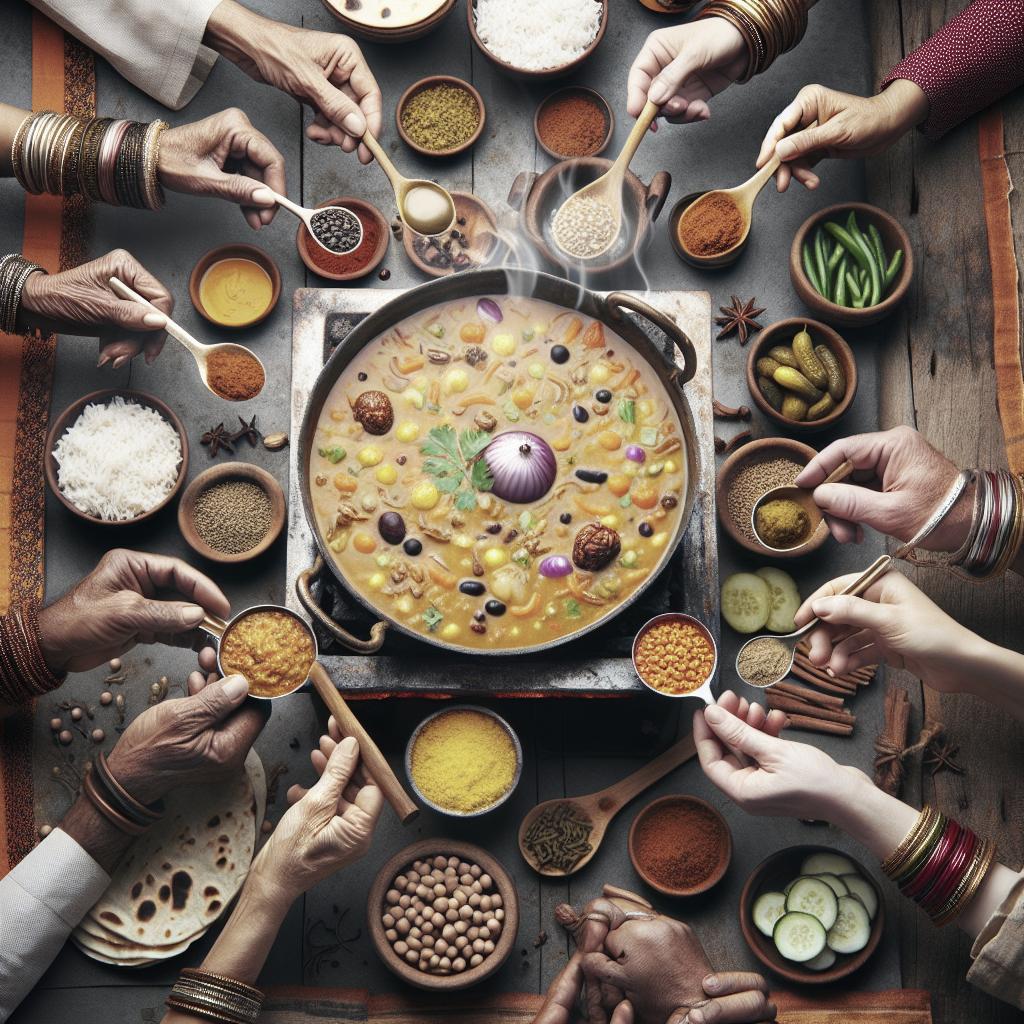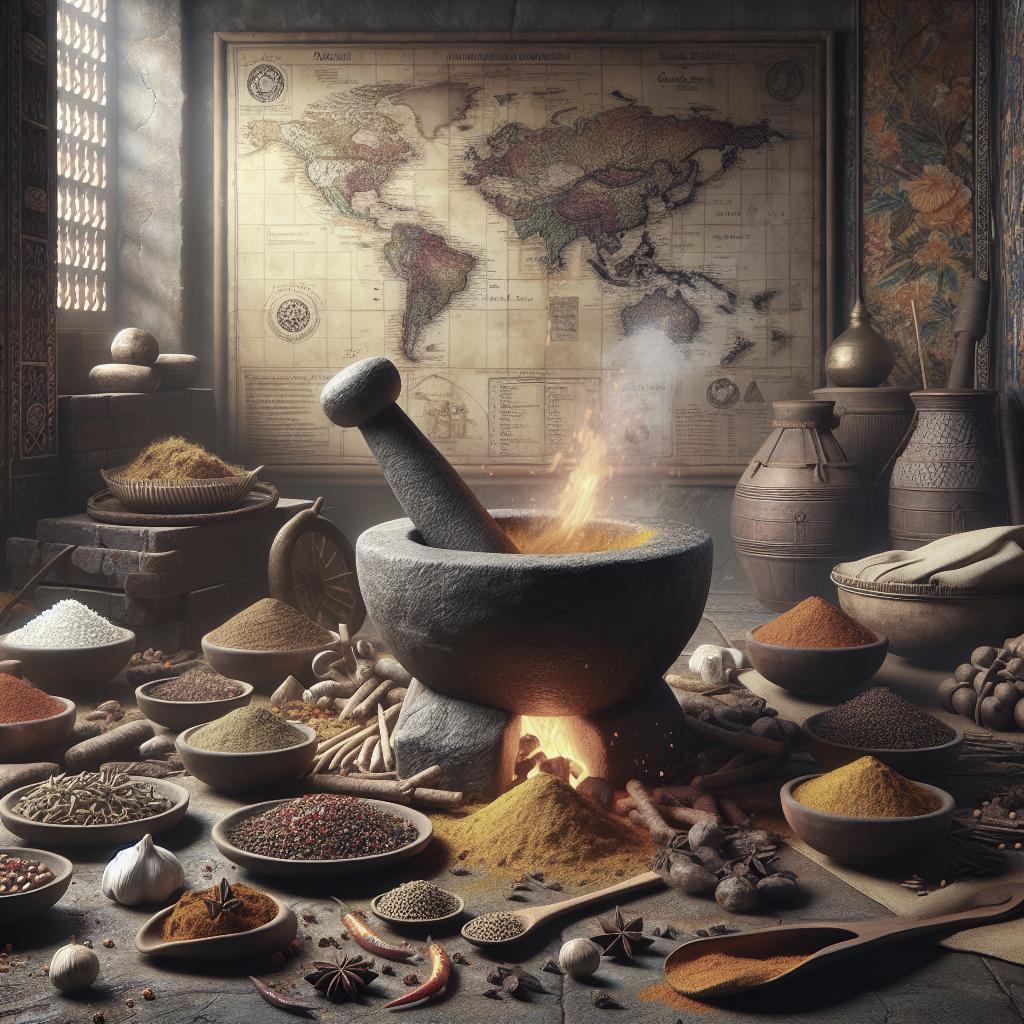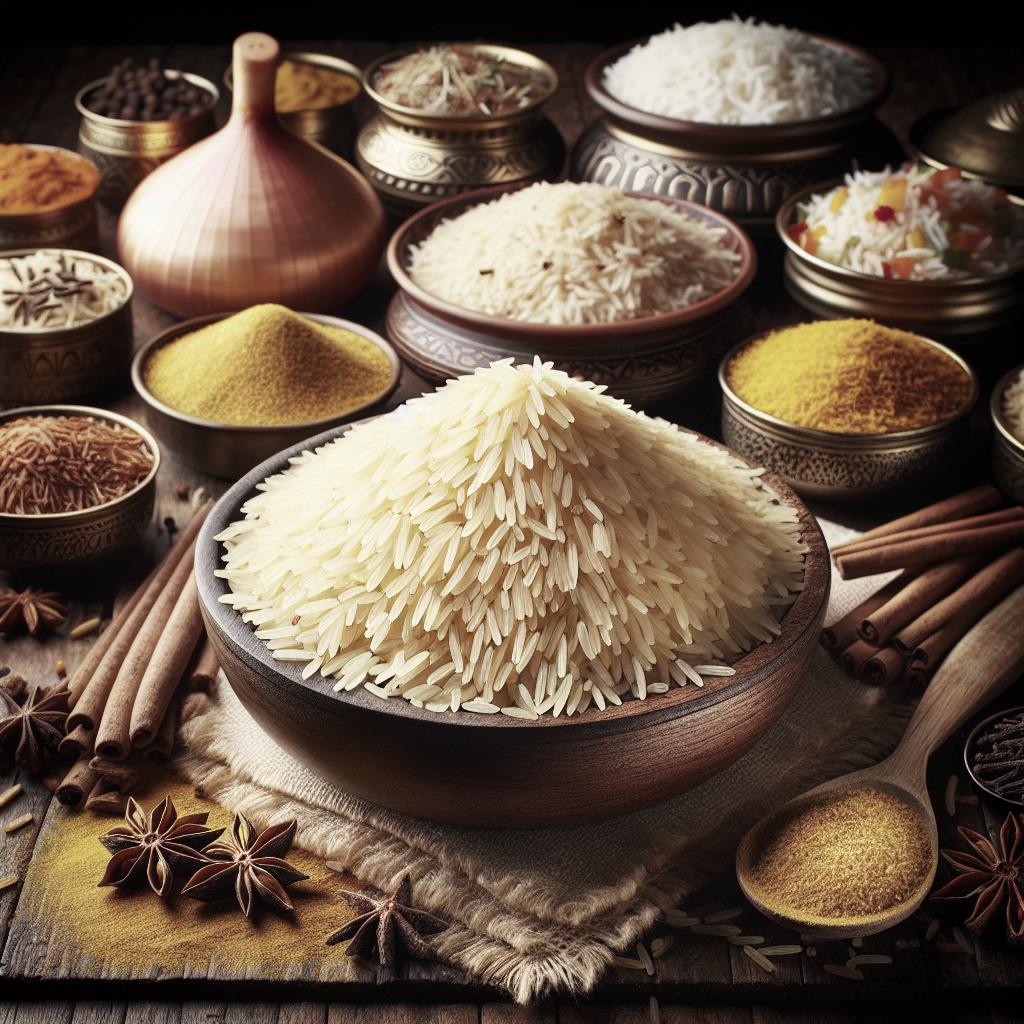“`html
The Importance of Dal in Indian Meals
Dal, a staple in Indian cuisine, is more than just a dish; it’s a nutritional powerhouse integral to Indian diets across centuries. An essential source of protein, vitamins, and minerals, dal offers diverse culinary experiences, from aromatic curries to soothing soups. This blog explores dal’s nutritional value, its environmental benefits, and its growing global popularity. Delve into the essence of dal, discover where to find it, and learn how to incorporate it into your meals for a sustainable, healthy lifestyle. Whether you’re a culinary enthusiast or seeking a nutritious diet, understanding dal can enrich both your palate and well-being.
What is dal?
Dal represents a variety of dried, split pulses, including lentils, peas, and beans, that are integral to Indian cuisine. Known for its versatility, dal is used in innumerable recipes, catering to a spectrum of taste preferences and dietary requirements. Traditionally, dal is cooked with spices to create a comforting, savory dish that complements almost any meal.
Rich in protein, dal serves as a primary source of nutrition, particularly in vegetarian diets where protein intake can be a concern. Besides protein, dal is a considerable source of fiber, iron, and vitamins, making it indispensable in daily Indian meals. Its health benefits are amplified by its low calorie and fat content, contributing to its status as a dietary staple.
Dal, Pulses and Legumes – SuperFood
Pulses like dal have gained the reputation of a ‘superfood’ due to their dense nutritional profile. Unlike other categories such as grains, pulses have a unique ability to improve soil fertility by fixing nitrogen, further emphasizing their significance from a sustainability perspective. This enhances their role not only as a food source but as an eco-friendly agricultural practice.
Legumes, including dal, are often celebrated for their ability to form symbiotic relationships with bacteria in the soil, which enriches the land and contributes to sustainable farming. Their efficiency in utilizing resources makes them an exemplar of the intersection between nutrition and ecological balance, a dual role that is increasingly valued in today’s world.
Where can I find dal?
Typically available in markets and grocery stores worldwide, dal can be accessed with ease by those who wish to incorporate it into their meals. Given its global availability, dal provides an excellent opportunity for culinary exploration beyond its traditional homeland. Many health food stores also stock a variety of pulses, catering to a diet-conscious audience seeking nutritious alternatives.
For those inclined toward organic produce, dal is also available in speciality organic markets, offering multiple varieties that ensure quality and authenticity. As awareness of dal’s nutritional benefits grows, its presence in international cuisine continues to expand, supporting both health and gourmet diversity.
The Planet on your Plate
Dal’s influence extends beyond the kitchen, making a significant environmental impact. The cultivation of pulses requires less water compared to other crops, contributing to water conservation efforts, particularly critical in arid regions. By integrating pulses such as dal into agricultural systems, farmers can enhance biodiversity and reduce reliance on artificial fertilizers.
This aspect of pulses contributes to global food security, providing a cost-effective, low-footprint source of essential nutrients. Encouraging the wider adoption of pulses in food systems can be seen as a step towards sustainable food production, further highlighting the critical role dal plays as both a nutritional and environmental ally.
How can I use dal?
The versatility of dal is evident in its ability to fit into a variety of culinary styles and preparations. Beyond the ubiquitous Indian dal curry, it can be used for making soups, stews, salads, and even snacks, showcasing its adaptability to make meals both flavorful and healthy. Dal’s neutral taste opens it to innovative cooking methods for both traditional and modern cuisines.
Pulses and the Environment
Pulses, including dal, deliver high yields with relatively low environmental costs, requiring lesser pesticide use and thereby promoting a healthier ecosystem. By facilitating nutrient cycling in the soil, they play a multifaceted role in sustainable agriculture, making pulses a reliable food source amid changing climatic conditions.
As awareness of their ecological benefits grows, initiatives encouraging pulse farming have been on the rise. These efforts are crucial in promoting agricultural diversity and resilience, enabling pulses like dal to lead the way in eco-conscious food production.
Popularizing Pulses
With growing recognition of their health and environmental benefits, pulses, including dal, have been gaining momentum in global diets. Through educational campaigns and culinary innovation, dal is being reintroduced to newer audiences, helping to reinforce its position in modern dietary regimes as a protein-rich staple that’s both sustainable and delicious.
The international popularity of dal dishes is a testament to the spread of Indian cuisine and the recognition of pulses as a sustainable superfood. As global tastes evolve, dal’s role in providing nutritious, environmentally friendly meals affirms its status as an essential food staple for future generations.
Next Steps
| Section | Description |
|---|---|
| What is dal? | An introduction to dal as a versatile pulse rich in protein and fiber, essential in Indian diets. |
| Dal, Pulses and Legumes – SuperFood | Discussion on the nutritional benefits and environmental significance of pulses as a sustainable superfood. |
| Where can I find dal? | Insights on where dal is available and the implications of its global distribution for culinary innovation. |
| The Planet on your Plate | An exploration of the environmental benefits of dal, promoting sustainable agricultural practices. |
| How can I use dal? | Examining the culinary versatility of dal and its role in diverse dietary applications. |
| Pulses and the Environment | Analysis of the environmental advantages of pulses in terms of low resource use and ecosystem support. |
| Popularizing Pulses | Focus on the rising popularity of dal and pulses, reinforced by health and sustainability awareness. |
“`


